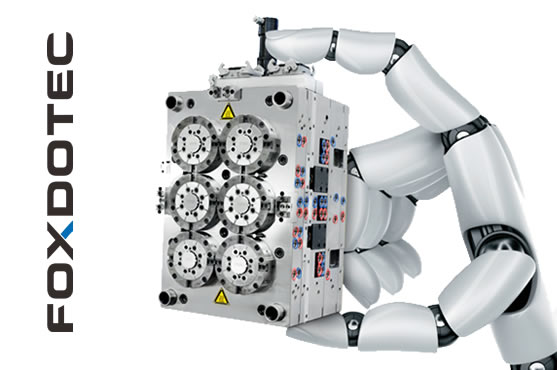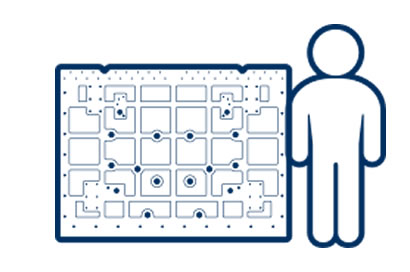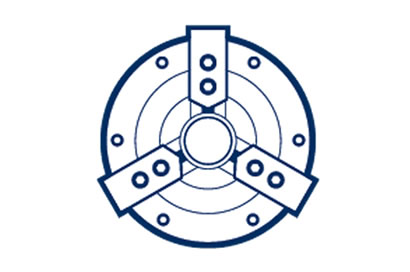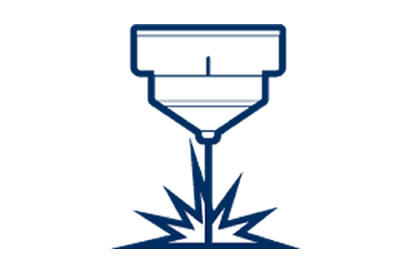Electrical Discharge Machining (EDM) Services
Experience precision at its finest with our Electrical Discharge Machining (EDM) Services! Harnessing the power of advanced technology, our skilled professionals deliver intricate and accurate machining solutions for your most challenging projects. Say goodbye to limitations and hello to perfection. Elevate your manufacturing with our comprehensive EDM Services. Precision is our promise—trust us to bring your vision to life!
Electrical Discharge Machining (EDM)
What is Electrical Discharge Machining?
Electrical Discharge Machining (EDM) is a non-traditional machining process that uses electrical discharges (sparks) to remove material from a workpiece. It is commonly used to machine complex shapes and features in hard or difficult-to-machine materials.
The EDM process typically involves the following steps:
- Setup: Prepare the workpiece and electrode for machining by securing them in the EDM machine. The workpiece is usually submerged in a dielectric fluid to facilitate the machining process.
- Tooling: The tool, or electrode, used in EDM is typically made of conductive material such as copper or graphite. The tool is shaped to the desired geometry of the part to be machined.
- Spark Generation: Apply a high-frequency electrical voltage between the tool and the workpiece. This voltage creates a series of electrical discharges, or sparks, between the tool and the workpiece surface.
- Material Removal: The sparks generated by the electrical discharges melt and vaporize small particles of material from the workpiece surface. These particles are flushed away by the dielectric fluid, leaving behind the desired shape and features.
- Finishing: After machining, the workpiece may undergo additional finishing operations such as deburring or surface treatment to achieve the desired surface finish and dimensional accuracy.
- Cleaning and Inspection: Clean the workpiece thoroughly to remove any residue or contaminants from the EDM process. Inspect the finished part to ensure it meets the specified tolerances and quality standards.
EDM is particularly well-suited for machining intricate shapes and features in materials such as hardened steel, carbide, and exotic alloys. It offers several advantages, including high accuracy, fine surface finish, and the ability to machine complex geometries without the need for specialized tooling.
Precision Injection Mold


How to improve the quality of Electrical Discharge Machining?
Improve EDM Process
To enhance the quality of Electrical Discharge Machining (EDM), consider the following strategies:
- Optimize Machining Parameters: Adjust machining parameters such as voltage, current, pulse duration, and electrode material to achieve optimal machining results. Experiment with different parameter settings to find the best combination for the desired outcome.
- Use High-Quality Electrodes: Use high-quality electrodes made of conductive materials such as copper or graphite. Ensure that the electrodes are properly shaped and maintained to achieve consistent and accurate machining results.
- Workpiece Preparation: Properly prepare the workpiece before machining by cleaning it thoroughly and ensuring that it is securely mounted in the EDM machine. Remove any surface contaminants or oxide layers that could interfere with the machining process.
- Dielectric Fluid Management: Monitor and maintain the dielectric fluid used in the EDM machine to ensure optimal performance. Proper fluid filtration and circulation are essential for removing debris and maintaining stable machining conditions.
- Minimize Electrode Wear: Minimize electrode wear by optimizing machining parameters, using high-quality electrodes, and implementing appropriate flushing strategies. Electrode wear can affect machining accuracy and surface finish.
- Quality Control Measures: Implement rigorous quality control measures throughout the EDM process, including in-process inspections, dimensional measurement, and surface finish analysis. Identify and address any deviations from the desired specifications promptly.
- Utilize Advanced Technologies: Take advantage of advanced EDM technologies such as adaptive control systems, automatic tool changers, and real-time monitoring to improve efficiency and precision in EDM operations.
- Continuous Improvement: Continuously evaluate and improve EDM processes based on feedback and lessons learned. Encourage collaboration and knowledge sharing among team members to identify areas for improvement and implement best practices.
By implementing these strategies and focusing on continuous improvement, you can enhance the quality of Electrical Discharge Machining (EDM) processes and achieve better results in terms of accuracy, surface finish, and overall part quality.

CNC Machining
CNC machining is a computer-controlled manufacturing process that utilizes pre-programmed software to dictate the movement of machinery and tools. This technology enables the precise cutting, drilling, and shaping of materials such as metal, plastic, and wood to create intricate components with high accuracy and consistency.
Read More
Precision Grinding
Precision grinding is a manufacturing process that involves the removal of material using abrasives to achieve extremely tight tolerances and surface finishes. used to produce components with intricate shapes, precise dimensions, and smooth surfaces. Precision grinding techniques include cylindrical grinding, surface grinding, and internal grinding.
Read More
Electrical Discharge Machining
Electrical Discharge Machining (EDM) is a non-traditional machining process that utilizes electrical discharges to erode material from a workpiece. It is particularly useful for machining complex shapes and hardened materials that are difficult to machine with conventional methods. EDM can achieve high precision and surface quality.
Read MorePrecision machining and manufacturing involve the use of advanced techniques and equipment to produce highly accurate and intricate components with tight tolerances. It requires expertise in machining processes, material properties, and quality control methods to ensure the production of high-quality parts for various industries.
Key Aspects of Understanding Injection Molds
- Design Principles: Understand the principles of injection mold design, including considerations for part geometry, material flow, cooling, and ejection.
- Materials and Construction: Explore the materials commonly used in injection mold construction, such as tool steel, aluminum, and beryllium copper.
- Manufacturing Techniques: Gain insights into the manufacturing processes used to produce injection molds, including machining, EDM, and CNC milling.
- Mold Maintenance and Repair: Learn about the importance of mold maintenance and preventive maintenance schedules to ensure the longevity and performance of injection molds.
- Tooling Standards and Regulations: Familiarize yourself with industry standards and regulations related to injection mold design and manufacturing.
- Advanced Technologies: Stay informed about advancements in injection mold technology, such as rapid prototyping, additive manufacturing (3D printing), and simulation software.
- Cost Considerations: Gain insights into the cost factors associated with injection mold production and learn about strategies for cost optimization.
- Case Studies and Best Practices: Study real-world examples of successful injection mold projects across various industries.
Key Aspects of Understanding Precision Machining
- Processes and Techniques: Explore the various precision machining processes and techniques, including turning, milling, drilling, grinding, electrical discharge machining (EDM), and others.
- Materials: Learn about the different types of materials commonly machined using precision techniques, such as metals (e.g., aluminum, steel, titanium), plastics, ceramics, and composites.
- Tooling and Equipment: Familiarize yourself with the cutting tools, machine tools, and equipment used in precision machining.
- Tolerances and Metrology: Gain insights into tolerance requirements and metrology techniques used to measure and verify part dimensions and surface characteristics.
- Design for Manufacturing (DFM): Explore principles of design for manufacturability (DFM) and how they apply to precision machining.
- Quality Assurance: Understand quality control measures and inspection techniques used in precision machining.
- Applications and Industries: Explore the diverse applications of precision machining across industries such as aerospace, automotive, medical, electronics, and tooling.
- Advanced Technologies: Stay informed about advancements in precision machining technology, including automation, robotics, additive manufacturing (3D printing), and advanced materials.
Precision machining and mold technical documents
Other Downloads
- Technical Parameter 3.9 MB
- Technical Drawing 1.8 MB
